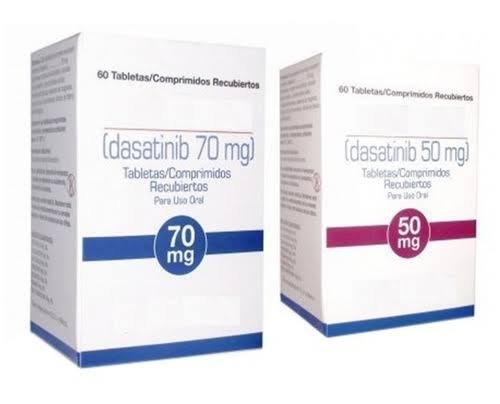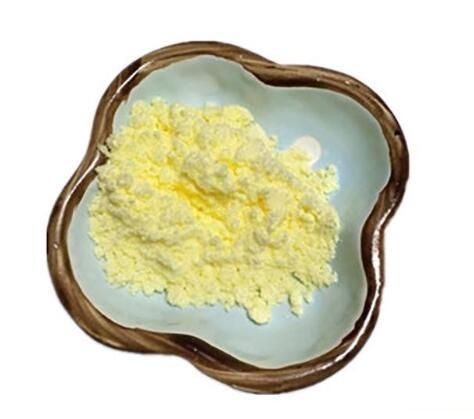What is Polydeoxyribonucleotides (PDRNs)?
Polydeoxyribonucleotides (PDRNs) are a family of DNA-derived drugs with a molecular weight ranging from 50 to 1500 kDa, which are mainly extracted from the sperm cells of salmon trout or chum salmon.
Many pre-clinical and clinical studies have demonstrated the wound healing and anti-inflammatory properties of PDRN, which are mediated by the activation of adenosine A2A receptor and salvage pathways, in addition to promoting osteoblast activity, collagen synthesis, and angiogenesis. In fact, PDRN is already marketed due to its therapeutic properties against various wound healing- and inflammation-related diseases.

Uses
Polydeoxyribonucleotide (PDRN), an active mixture of polynucleotides with a molecular weight ranging from 50 to 1500 kDa, is mainly extracted and purified from the sperm cells of Salmon trout (Oncorhynchus mykiss) or Chum Salmon (Oncorhynchus keta).
Importantly, PDRN exhibits a high DNA percentage without active proteins or peptides. This compound is currently used as a type of DNA-derived commercial drug, which has been approved by the Korea Food and Drug Administration and is often implemented in tissue repair and wound treatment.
PDRN is also reportedly an agonist against the adenosine A2A receptor (A2AR), which regulates myocardial blood flow, suppresses immune cell activation, and regulates the release of glutamate and dopamine. Additionally, PDRN stimulates nucleic acid synthesis by serving as a source of pyrimidines and purines. Further, PDRN possesses several therapeutic properties, including angiogenesis-promoting, anti-apoptotic, anti-inflammatory, anti-ischemic, and tissue repair activities.


